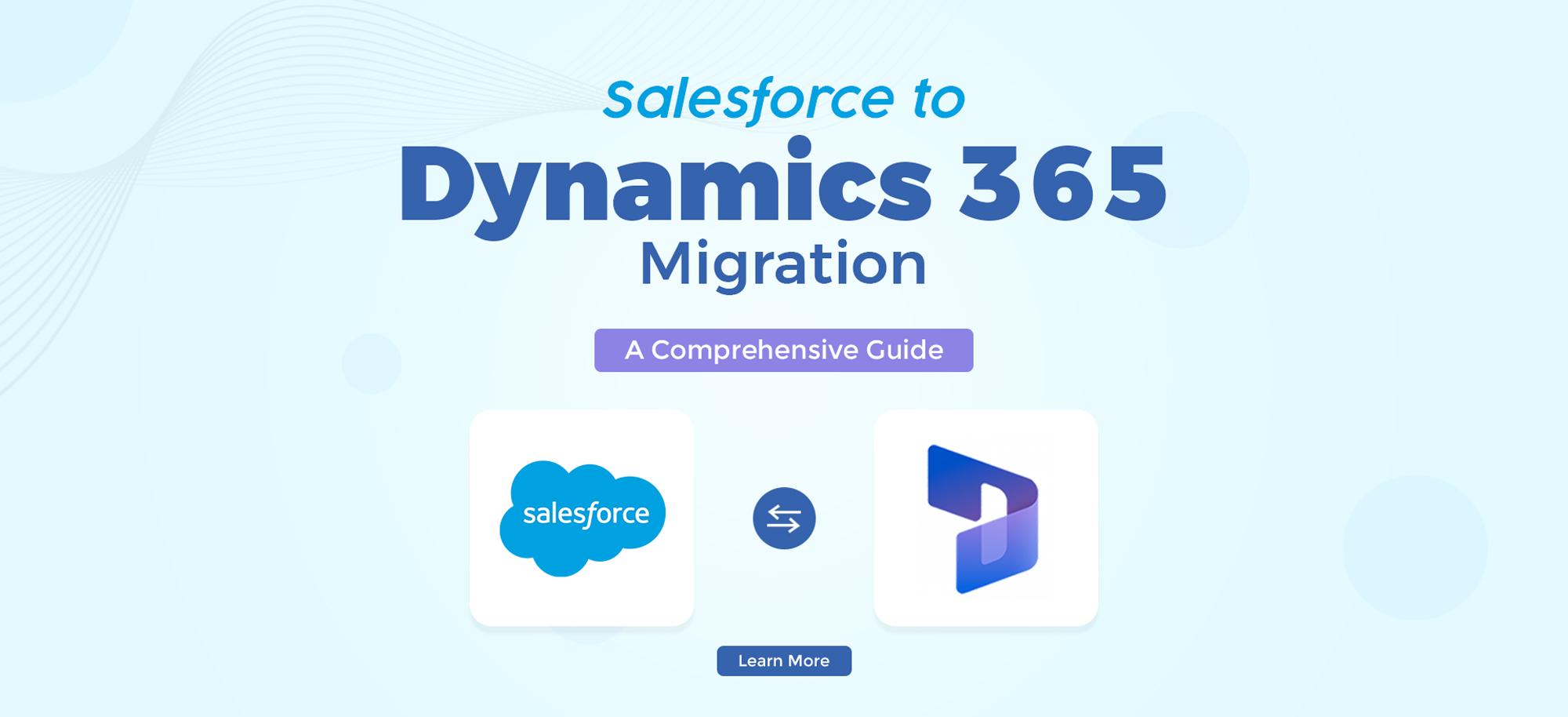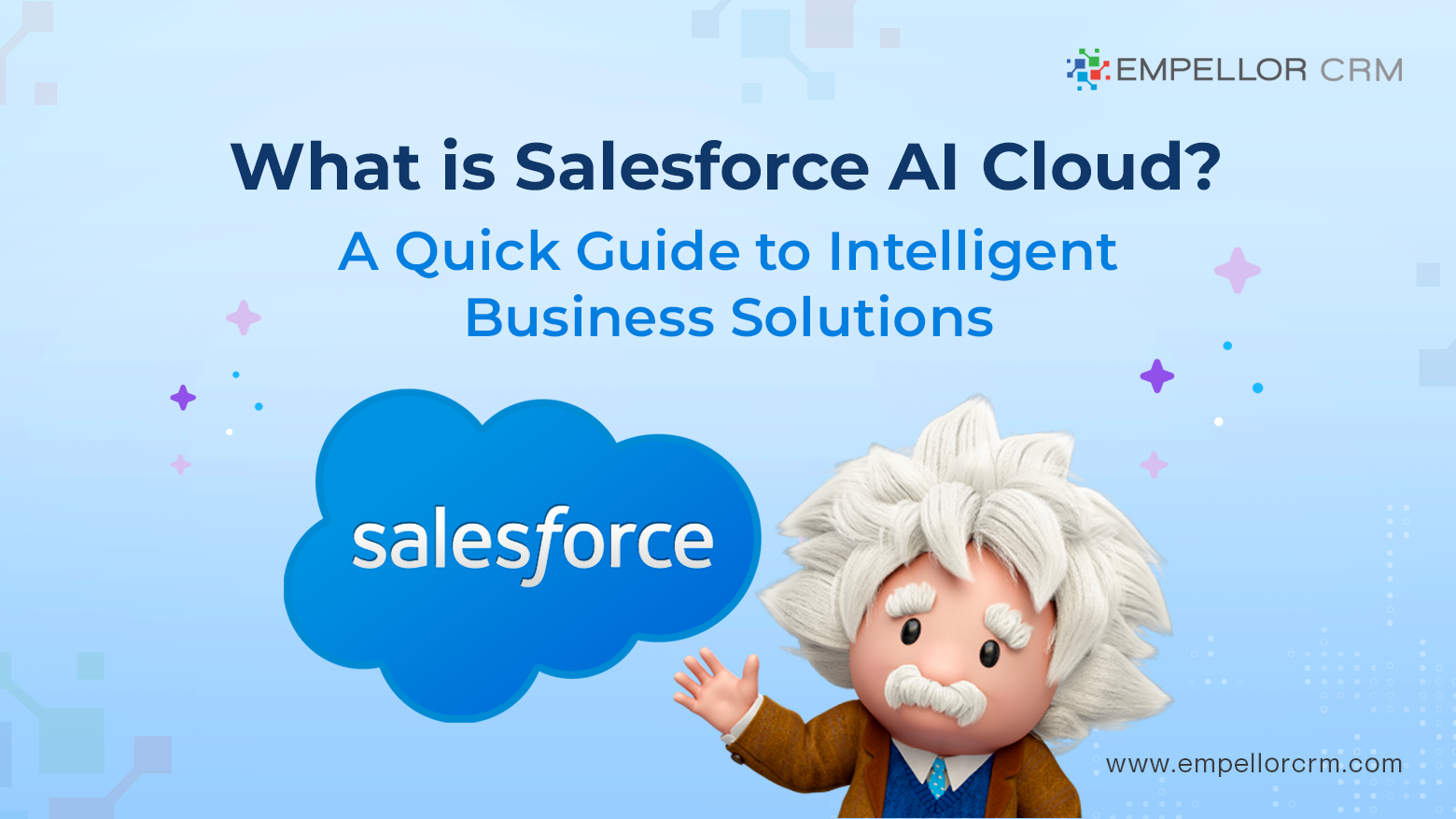Claim your free copy of the book CRM Shouldn’t Suck
Claim your free copy of the book CRM Shouldn’t Suck
Salesforce to Dynamics 365 Migration: A Comprehensive Guide

Migrating from one CRM system to another can seem daunting. However, many businesses find that the benefits far outweigh the challenges. If you’re considering a Salesforce to Dynamics 365 migration, you’re on the right path. This post will walk you through the process, highlighting the benefits and offering practical tips to ensure a smooth transition.
Introduction to Salesforce to Dynamics 365 Migration
Why Consider a Salesforce to Dynamics 365 Migration?
- Cost Efficiency: One of the primary reasons businesses migrate from Salesforce to Dynamics 365 is cost. Dynamics 365 often provides more flexible and cost-effective pricing models, which can be particularly advantageous for growing businesses.
- Seamless Integration with Microsoft Products: Dynamics 365’s native integration with Microsoft products is a significant advantage. For businesses already using Office 365, Power BI, or Azure, migrating to Dynamics 365 means smoother workflows and better data synchronization.
- Enhanced Customization and Flexibility: Dynamics 365 offers robust customization options. Businesses can tailor the platform to meet their specific needs, ensuring that the CRM system aligns perfectly with their processes.
- Advanced Analytics and Reporting: With built-in analytics tools and Power BI integration, Dynamics 365 provides advanced reporting capabilities. This allows businesses to gain deeper insights into their data, making informed decisions easier.
Improved User Experience: The user-friendly interface of Dynamics 365 makes it easier for teams to adapt and use the system effectively. This can lead to higher adoption rates and increased productivity.
Steps to Ensure a Successful Salesforce to Dynamics 365 Migration
- Assessment and Planning: Start by assessing your current Salesforce setup. Identify the data, processes, and customizations that need to be migrated. Planning is crucial to ensure nothing is overlooked.
- Data Cleanup: Before migration, clean up your data. Remove duplicates, outdated information, and irrelevant records. This will make the migration process smoother and ensure the quality of data in Dynamics 365.
- Choose the Right Migration Tools: Utilize migration tools and services that can help automate the process. Microsoft’s Data Export Service and third-party tools like KingswaySoft or Scribe can be invaluable.
- Pilot Testing: Conduct a pilot migration with a small set of data. This allows you to identify potential issues and address them before the full migration.
- User Training and Support: Ensure that your team is trained on Dynamics 365. Provide support during and after the migration to help users adapt to the new system.
- Full Migration and Validation: Execute the full migration and validate the data. Ensure that all records, customizations, and processes are correctly transferred.
Post-Migration Review: After the migration, review the system to ensure everything is functioning as expected. Collect feedback from users and make necessary adjustments.
Benefits of Migrating from Salesforce to Dynamics 365
- Unified Ecosystem: Migrating to Dynamics 365 allows businesses to operate within a unified Microsoft ecosystem. This can lead to better collaboration, streamlined processes, and increased efficiency.
- Scalability: Dynamics 365 is highly scalable, making it suitable for businesses of all sizes. As your business grows, Dynamics 365 can easily accommodate new users, processes, and data.
- Enhanced Security: Microsoft invests heavily in security, and Dynamics 365 benefits from this focus. Businesses can trust that their data is protected with robust security measures.
- Continuous Innovation: With Dynamics 365, businesses benefit from continuous updates and new features. Microsoft regularly enhances the platform, ensuring it stays at the forefront of CRM technology.
- Better Customer Insights: Dynamics 365’s advanced analytics and reporting tools provide deeper insights into customer behavior and trends. This can help businesses improve their customer service and sales strategies.
Conclusion
A Salesforce to Dynamics 365 migration can be a game-changer for your business. By moving to a unified platform that integrates seamlessly with other Microsoft products, you can achieve greater efficiency, cost savings, and improved insights. While the migration process requires careful planning and execution, the benefits make it well worth the effort. If you’re ready to make the switch, start by assessing your current setup, planning the migration process, and leveraging the right tools and support to ensure a smooth transition.


